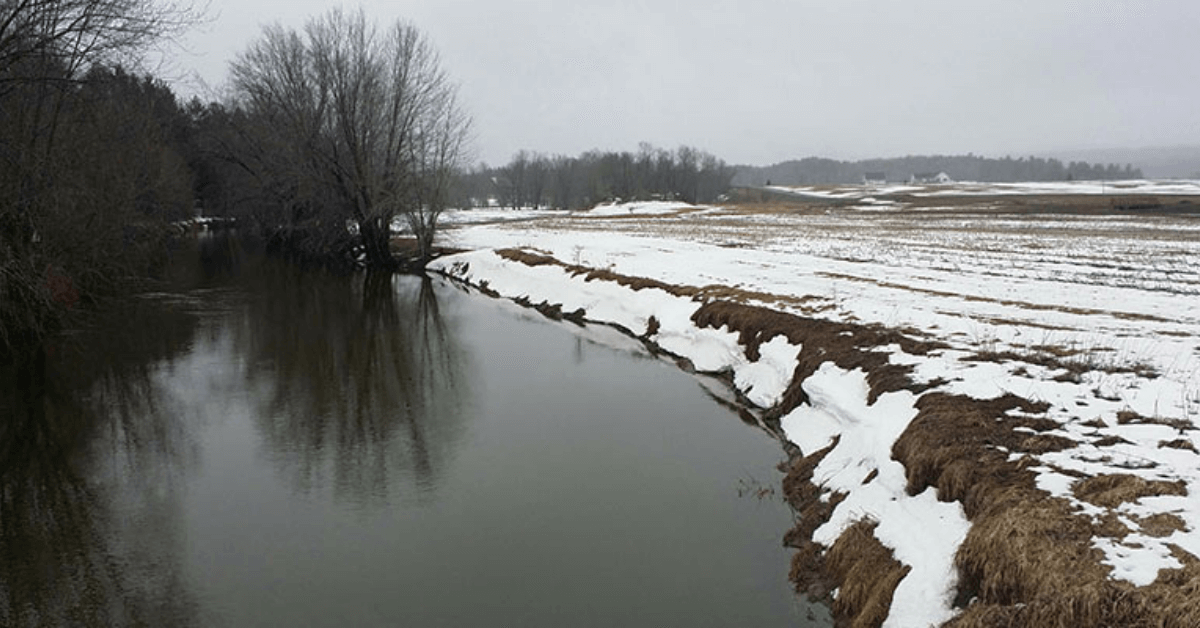WESTFIELD — Land along three miles of the Missisquoi River and its tributaries, as well as 50 acres of wetlands in Westfield have been protected.
This is the latest in an ongoing effort by the Vermont Land Trust and The Nature Conservancy to improve water quality in Vermont’s rivers that are a priority for clean water, biodiversity, and resilience to climate change.
The Missisquoi and its tributaries are a state-recognized priority for clean water efforts because they are impaired, lack forested buffers along the water’s edge, and have high phosphorus levels.
“This work is possible thanks to the state and partners coming together to support the shared goals of restoring Vermont’s streams, rivers, and wetlands, and protecting wildlife habitat,” said Sumana Serchan of the Vermont Land Trust.
The protected river corridor and wetlands span 135 acres and include sections of the Missisquoi as well as tributaries Mill Brook and Taft Brook.
Due to planned restoration work, these sections of the river and streams will be able to flow without obstruction, and stream banks on the shore will be reforested.
The protected land is part of Karen and Pat O’Donnell’s nearly 350-acre farm.
“It truly takes partnerships to move the dial on water quality issues in Vermont,” said Dr. Brenda Bergman, director of science and freshwater programs for The Nature Conservancy in Vermont. “We are proud to work with farmers, businesses, other NGO’s like the Vermont Land Trust, and state agencies to protect river corridors and restore wetlands that slow and filter our waters naturally.”
This fall and next spring, the O’Donnells will be planting native trees and shrubs along the water, with assistance from the Vermont Land Trust and partners to reduce erosion and enhance wildlife habitat.
They will also transition the lowest-lying and most unproductive fields to wetlands, improving the land’s ability to hold and slow down water entering streams.

